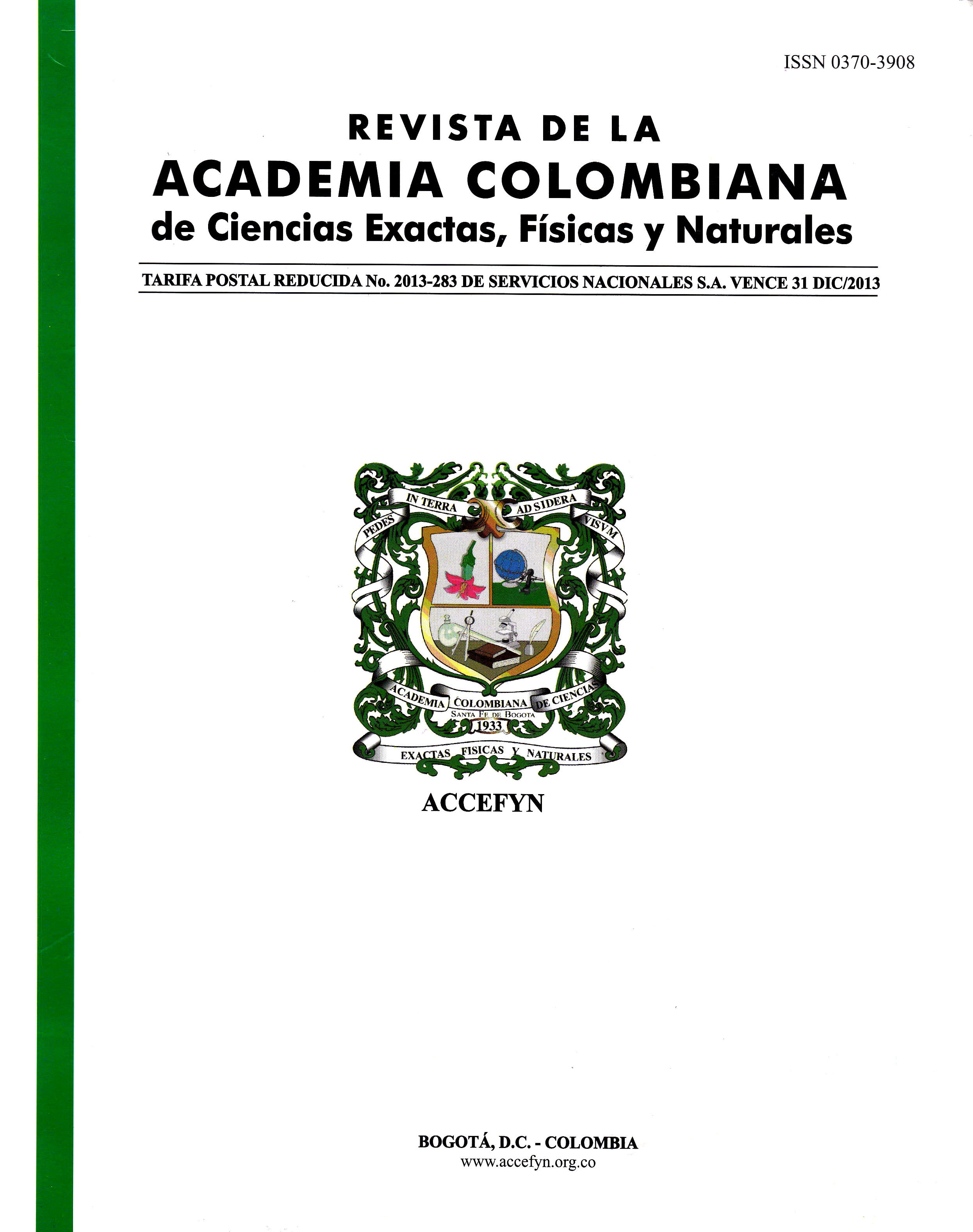Resumen
El carbón es uno de los combustibles fósiles más empleados para la producción de energía eléctrica, y para diferentes actividades industriales y domésticas. Sin embargo, el uso de este combustible genera emisiones nocivas para el ambiente; entre ellos se encuentra el CO2 , principal producto de combustión que actúa como gas de efecto invernadero. Se han estudiado diferentes procesos con el fin de disminuir la emisión de CO2 a la atmósfera, entre ellos se encuentra la oxi-combustión, que consiste en emplear una atmósfera enriquecida en O2 , con el fin de obtener una alta concentración de CO2 en los gases de combustión que facilite su separación. El incremento en la presión parcial de O2 genera cambios importantes en el ambiente químico de la combustión que afecta las reacciones de oxidación y emisión de contaminantes como SOx y NOx. En la presente investigación se encontró que en procesos de oxi-combustión, altas concentraciones de CO2 promueve la formación de NO2. Por lo tanto, es importante evaluar los efectos que tendrán estas modificaciones en el proceso global.
Referencias
Armesto, L., H. Boerrigter, et al. 2003. N 2 O emissions from fluidised bed combustion. The effect of fuel characteristics and operating conditions. Fuel 82: 1845-1850.
Baxter, L. L., R. e. Mitchell, et al. 1996. Nitrogen Release during Coal Combustion. Energy & Fuels 10: 188-196.
Bejarano, P. A. and Y. A. Levendis 2008. Single-coal-particle combustion in O 2 /N2 and O2 /CO2 environments. Combustion and Flame 153: 270-287.
Campbell, P. A. and R. e. Mitchell 2008. The impact of the distributions of surface oxides and their migration on characterization of the heterogeneous carbon–oxygen reaction. Combustion and Flame 154: 47-66.
Cheng, J., J. Zhou, et al. 2003. Sulfur removal at high temperature during coal combustion in furnaces: a review. Progress in Energy and Combustion Science 29: 381-405.
Czakiert, t., Z. Bis, et al. 2006. Fuel conversion from oxy-fuel combustion in a circulating fluidized bed. Fuel Processing Technology 87(6): 531-538.
Czakiert, t., K. sztekler, et al. 2010. Oxy-fuel circulating fluidized bed combustion in a small pilot-scale test rig. Fuel Processing Technology 91(11):1617-1623.
Fenimore, C. P. 1971. Formation of nitric oxide in premixed hydrocarbon flames. Symposium (International) on Combustion 13(1): 373-380.
Figueroa, J. D., t. Fout, et al. 2008. Advances in CO2 capture technology—The U.S. Department of Energy’s Carbon Sequestration Program. International Journal of Greenhouse Gas Control 2: 9-20.
Glarborg, P., A. D. Jensen, et al. 2003. Fuel nitrogen conversion in solid fuel fired systems. Progress in Energy and Combustion Science 29: 89-113.
Graus, W. and e. Worrell 2011. Methods for calculating CO 2 intensity of power generation and consumption: A global perspective. Energy Policy 35: 3898-3908.
Gupta, R. 2007. Advanced Coal Characterization: A Review. Energy & Fuels 21: 451-460.
Kelemen, s. R., M. L. Gorbaty, et al. 1991. Surface Composition of Iron and Inogarnic Sulfur Forms in Argonne Premium Coals by X-ray Photoelectron Spectroscopy. Energy & Fuels 5: 720-723.
Liu, P., M. C. Georgiadis, et al. 2010. Advances in Energy Systems Engineering. Industrial & Engineering Chemistry Research: null-null.
Liu, X., M. Xu, et al. 2007. Effect of Combustion Parameters on the Emission and Chemical Composition of Particulate Matter during Coal Combustion. Energy & Fuels 21: 157-162.
Mastral, A. M., M. s. Callén, et al. 1999. Polycyclic Aromatic Hydrocarbons and Organic Matter Associated to Particulate matter Emitted from Atmospheric Fluidized Bed Coal Combustion. Environmental Science & Technology 33: 3177-3184.
Matsuoka, K., A. Abe, et al. 2001. Suppression of SO2 Emission during Coal Oxidation with Calcium Loaded by Hydrothermal or Hydration Treatment. Energy & Fuels 15: 648-652.
Normann, F., K. Andersson, et al. 2009. Emission control of nitrogen oxides in the oxy-fuel process. Progress in Energy and Combustion Science 35: 385-397.
Normann, F., K. Andersson, et al. 2008. High-temperature reduction of nitrogen oxides in oxy-fuel combustion. Fuel 87: 3579-3585.
Park, J., J. s. Park, et al. 2006. NO Emission Behavior in Oxy-fuel Combustion Recirculated with Carbon Dioxide. Energy & Fuels 21(1): 121-129.
Perry, M. B. (2004). Clean Coal Technology. Encyclopedia of Energy. J. C. Cutler. New York, Elsevier: 343-357.
Rathnam, R. K., L. K. elliott, et al. 2009. Differences in reactivity of pulverised coal in air (O2 /N2 ) and oxy-fuel (O2 /CO2 ) conditions. Fuel Processing Technology 90(6): 797-802.
Ren, Q., C. Zhao, et al. 2008. Effect of mineral matter on the formation of NOx precursors during biomass pyrolysis. Journal of Analytical and Applied Pyrolysis 85: 447-453.
Rochelle, G. t. 2009. Amine Scrubbing for CO 2 Capture. Science 325: 1652-1654.
Sánchez, A., e. eddings, et al. 2010. Fourier Transform Infrared (FTIR) Online Monitoring of NO, N 2 O, and CO2 during Oxygen Enriched Combustion of Carbonaceous Materials. Energy & Fuels 24: 4849-4853.
Seepana, s. and s. Jayanti 2010. Steam-moderated oxy-fuel combustion. Energy Conversion and Management 51: 1981-1988.
Thomas, K. M. 1997. The release of nitrogen oxides during charcombustion. Fuel 76(6): 457-473.
Toftegaard, M. B., J. Brix, et al. 2010. Oxy-fuel combustion of solid fuels. Progress in Energy and Combustion Science 36(5):581-625.
Valentim, B., M. J. L. d. sousa, et al. 2006. Combustion studies in a fluidised bed - The link between temperature, NOx and N 2 O formation, charmorphology and coal type. International Journal of Coal Geology 67: 191-201.
Wall, t., Y. Liu, et al. 2009. An overview on oxyfuel coal combustion-State of the art research and technology development. Chemical Engineering Research and Design 87(8): 1003-1016.
Wall, t. F. 2007. Combustion processes for carbon capture. Proceedings of the Combustion Institute 31: 31-47. www.eia.doe.gov. (2010). “http://www.eia.doe.gov/cabs/Colombia/Full.html.” Retrieved 01/12/11.
Zhang, L., e. Binner, et al. 2010. High-Speed Camera Observation of Coal Combustion in Air and O2/CO2 Mixtures and Measurement of Burning Coal Particle Velocity. Energy & Fuels 24(1): 29-37.
Zhu, J., Q. Lu, et al. 2009. NO emission on pulverized coal combustion in high temperature air from circulating fluidized bed – An experimental study. Fuel Processing Technology 90: 664-670.

Esta obra está bajo una licencia internacional Creative Commons Atribución-NoComercial-SinDerivadas 4.0.
Derechos de autor 2023 Revista de la Academia Colombiana de Ciencias Exactas, Físicas y Naturales

